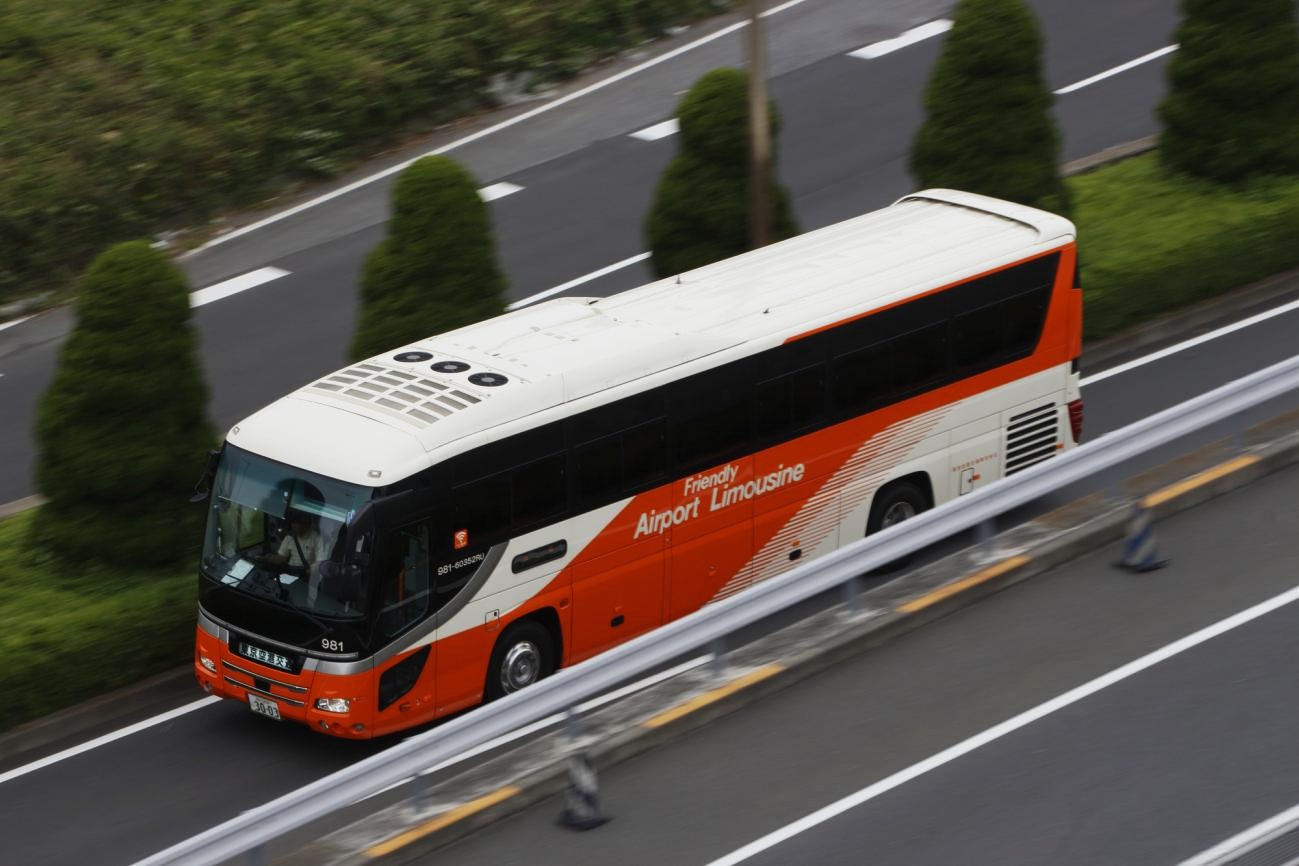Overview of Shuttle Services
Shuttle services have become an integral part of modern transportation networks, providing convenient connections between airports, city centers, hotels, and popular destinations. These services bridge gaps in public transportation while offering more affordable alternatives to taxis and rideshare options. Whether you’re traveling for business or leisure, understanding how shuttle services operate can significantly improve your travel experience.
Shuttle operators typically maintain regular schedules and predetermined routes, making them reliable for time-sensitive journeys. Many services now incorporate modern amenities like Wi-Fi connectivity and comfortable seating to enhance passenger comfort. The predictable nature of shuttle services makes them particularly valuable for airport transfers and intercity connections.
Types of Shuttle Services Available
Fixed-route shuttles operate on predetermined paths with scheduled stops, similar to bus services but with more limited coverage areas. These services often connect major transportation hubs like airports to downtown areas or popular destinations. Door-to-door shuttle services offer more personalized transportation, picking up passengers from specific locations and delivering them directly to their destinations.
Shared ride shuttles combine multiple passengers heading in similar directions, reducing individual costs while maintaining reasonable travel times. Private shuttle services cater to groups or individuals requiring exclusive transportation, often used for corporate events or special occasions.
Key Features of Shuttle Services
Modern shuttle services prioritize punctuality and reliability, with many operators using GPS tracking systems to monitor vehicle locations and maintain accurate arrival times. Professional drivers undergo specialized training to ensure passenger safety and provide excellent customer service throughout the journey.
Most shuttle services offer online booking platforms, allowing passengers to reserve seats in advance and receive confirmation details. Real-time tracking capabilities enable passengers to monitor their shuttle’s location and estimated arrival time, reducing waiting periods and improving overall satisfaction.
Importance of Shuttle Services in Transportation
Shuttle services fill crucial gaps in transportation networks, particularly in areas where public transit options are limited or unavailable. They provide essential connections between airports and city centers, reducing traffic congestion by consolidating multiple individual trips into shared rides.
For tourists and business travelers, shuttles offer cost-effective transportation solutions without the complexity of navigating unfamiliar public transit systems. The predictable scheduling and designated pickup points make shuttle services especially valuable for time-sensitive travel situations.
Shuttle Timetables
Understanding shuttle timetables helps passengers plan their journeys effectively and avoid unnecessary delays. Most shuttle operators publish detailed schedules that include departure times, route information, and estimated travel durations. These timetables serve as essential planning tools for both regular commuters and occasional travelers.
Effective timetable management requires operators to balance frequency with operational efficiency, ensuring adequate service levels while maintaining cost-effectiveness. Passengers benefit from studying these schedules in advance, particularly when connecting to other transportation modes or meeting specific arrival deadlines.
Daily Operating Hours
Shuttle services typically begin operations early in the morning to accommodate business travelers and early flights, with many starting around 4:30 AM. Service hours often extend into the evening, with last departures frequently scheduled around 10:30 PM to capture late arrivals and evening travelers.
Operating hours may vary between weekdays and weekends, with some services offering reduced schedules on Sundays and holidays. Peak hour services usually feature increased frequency to handle higher passenger volumes during rush periods.
Frequency of Departures
Departure frequency varies significantly based on route popularity and passenger demand, with high-traffic routes often featuring departures every 30 to 60 minutes. Airport shuttle services typically maintain more frequent schedules, sometimes operating every 15 to 30 minutes during peak travel periods.
Lower-demand routes may operate with longer intervals between departures, sometimes extending to 2-3 hours between services. Understanding these frequency patterns helps passengers plan their journeys more effectively and minimize waiting times.
Seasonal Schedule Adjustments
Many shuttle operators adjust their schedules seasonally to accommodate changing travel patterns and passenger demand. Summer schedules often feature increased frequency to handle vacation travelers, while winter schedules may be reduced due to lower passenger volumes.
Holiday periods typically see significant schedule modifications, with some services suspending operations on major holidays while others increase frequency to handle holiday travelers. Passengers should always verify current schedules before traveling, especially during holiday periods.
Fare Structures
Shuttle fare structures vary considerably between operators and routes, with pricing typically based on distance, service level, and market positioning. Understanding these pricing models helps passengers budget effectively and choose the most cost-effective transportation options for their specific needs.
Most operators offer transparent pricing with published fare schedules, though some services may implement dynamic pricing during peak demand periods. Payment methods have evolved to include traditional cash payments alongside credit cards, mobile payments, and prepaid passes.
Standard Fare Rates
Standard adult fares typically range from $1.00 for local city shuttles to $25-55 for longer intercity or airport connections. Distance-based pricing models charge passengers according to the length of their journey, while flat-rate systems apply uniform pricing regardless of destination within the service area.
One-way tickets generally offer the basic fare structure, while round-trip options often provide modest savings compared to purchasing two separate one-way tickets. Some operators offer significant discounts for round-trip purchases, making them attractive for travelers with confirmed return plans.
Discounted Fare Options
Age-based discounts are common across shuttle services, with children under 2 typically traveling free and children aged 3-12 receiving half-price fares. Senior citizens, usually defined as passengers 60 or older, often qualify for 50% fare reductions with proper identification.
Disability discounts provide reduced fares for passengers with qualifying conditions, typically requiring advance registration and documentation. Veterans, Medicare cardholders, and students may also qualify for special pricing with appropriate verification.
Fare Passes and Their Benefits
Multi-ride passes offer significant savings for frequent travelers, with many operators providing 10-ride or monthly unlimited passes at discounted rates. These passes eliminate the need for individual ticket purchases while providing guaranteed savings for regular users.
Annual passes represent the highest value option for daily commuters, often reducing per-ride costs by 30-50% compared to individual ticket purchases. Some operators offer family passes that cover multiple passengers under a single payment structure.
Route Information
Shuttle route information provides essential details about pickup locations, destinations, and intermediate stops along each service path. This information helps passengers determine which services best meet their travel needs and identify convenient boarding locations.
Comprehensive route maps and stop listings enable passengers to plan their journeys effectively, including connections to other transportation modes. Many operators provide estimated travel times between major stops to help passengers schedule their activities accordingly.
Fixed Routes Overview
Fixed routes operate along predetermined paths with established stops, providing predictable service that passengers can rely upon for regular travel needs. These routes typically connect major destinations like airports, downtown areas, shopping centers, and residential neighborhoods.
Route numbering systems help passengers identify appropriate services, with many operators using logical numbering schemes that indicate general service areas or directions. Color-coded route maps further simplify navigation and reduce confusion for new passengers.
Key Pickup and Drop-off Locations
Major pickup locations often include transportation hubs like airports, train stations, and bus terminals, providing seamless connections between different transportation modes. Hotels and conference centers frequently serve as designated stops, particularly for services targeting business travelers and tourists.
Downtown areas typically feature multiple stops to provide convenient access to business districts, shopping areas, and entertainment venues. Residential pickup points may be located at community centers, shopping plazas, or designated street corners with adequate parking and safety features.
Special Services for Disabled Riders
ADA-compliant shuttles feature wheelchair accessibility, including hydraulic lifts or ramps for easy boarding. These vehicles provide designated wheelchair spaces with appropriate securement systems to ensure passenger safety during transport.
Advance reservation systems often accommodate special needs passengers, allowing operators to ensure appropriate vehicle assignment and any necessary assistance. Many services require 48-hour advance notice for wheelchair-accessible transportation to guarantee availability.
Booking and Reservations
Modern shuttle services have streamlined their booking processes to accommodate various passenger preferences and technological capabilities. Online reservation systems have become increasingly popular, offering 24-hour availability and instant confirmation for passenger convenience.
Reservation systems help operators manage capacity and provide passengers with guaranteed seating, particularly important during peak travel periods. Understanding booking procedures and policies helps passengers secure their preferred travel times while avoiding potential complications.
How to Make a Reservation
Online booking platforms typically require basic passenger information including names, contact details, pickup locations, and desired travel times. Payment processing occurs during the booking process, with most systems accepting major credit cards and digital payment methods.
Telephone reservations remain available for passengers who prefer personal assistance or lack internet access. Customer service representatives can provide real-time availability information and help passengers select optimal travel options based on their specific needs.
Online vs In-person Booking
Online booking often provides the most competitive pricing, with many operators offering web-exclusive discounts for advance reservations. Digital confirmation receipts provide immediate proof of purchase and include important travel details like pickup times and locations.
In-person booking allows for immediate payment with cash and provides opportunities for passengers to ask questions about routes, amenities, and policies. However, in-person booking may not offer the same pricing advantages as online reservations.
Cancellation and Change Policies
Cancellation policies vary significantly between operators, with some offering full refunds for cancellations made within specific timeframes while others maintain strict no-refund policies. Understanding these policies before booking helps passengers avoid unexpected charges.
Schedule changes may be accommodated based on availability, though many operators charge fees for modifications made after initial booking. Some services allow free changes within certain time limits, while others require full rebooking at current rates.
Passenger Amenities
Modern shuttle services compete by offering enhanced amenities that improve passenger comfort and convenience during travel. These features help differentiate premium services from basic transportation options while justifying higher fare structures.
Amenity availability often varies between operators and vehicle types, with newer fleets typically offering more advanced features. Passengers should verify amenity availability when booking, particularly for longer journeys where comfort features become more important.
Wi-Fi Availability on Shuttles
Free Wi-Fi has become a standard amenity on many shuttle services, allowing passengers to remain connected during their journeys. High-speed internet connectivity enables business travelers to work productively while commuting and helps leisure travelers stay entertained.
Wi-Fi reliability varies between operators and routes, with some services offering consistently strong signals while others may experience connectivity issues in certain areas. Passengers should have backup entertainment options for journeys where Wi-Fi performance may be inconsistent.
Baggage Policies
Most shuttle services allow passengers to bring standard carry-on luggage without additional charges, though size and weight restrictions may apply. Larger items like bicycles or oversized luggage often incur additional fees equivalent to full adult fares.
Baggage storage areas vary between vehicle types, with larger shuttles offering more generous storage capacity. Passengers should verify baggage policies when booking, particularly for airport transfers where luggage requirements may be more substantial.
Accessibility Features
Wheelchair-accessible vehicles include features like hydraulic lifts, designated wheelchair spaces, and appropriate securement systems. Audio and visual announcements help passengers with hearing or vision impairments navigate the service effectively.
Trained drivers receive instruction on assisting passengers with disabilities, ensuring safe and dignified transportation experiences. Advanced booking for accessibility features helps operators ensure appropriate vehicle assignment and any necessary special accommodations.
Customer Support
Effective customer support systems help shuttle operators maintain high service standards while addressing passenger concerns promptly and professionally. Multiple contact channels provide passengers with convenient options for obtaining assistance or information.
Proactive customer support includes clear communication about schedule changes, service disruptions, and policy updates. Well-trained support staff can resolve issues quickly while maintaining positive relationships with passengers.
Contact Information for Support
Telephone support typically operates during extended hours to accommodate passenger needs, with many services offering support from early morning through late evening. Email support provides convenient options for non-urgent inquiries and allows passengers to maintain written records of communications.
Online chat systems offer real-time assistance for immediate concerns, particularly valuable for booking issues or schedule questions. Social media channels increasingly serve as customer support platforms, providing public forums for addressing common concerns.
Feedback and Complaints
Formal complaint procedures ensure passenger concerns receive appropriate attention and resolution. Many operators maintain online feedback forms that allow passengers to provide detailed descriptions of their experiences and suggestions for improvement.
Response timeframes for complaints vary between operators, with professional services typically acknowledging concerns within 24-48 hours and providing resolution updates within reasonable periods. Documentation of complaint procedures helps passengers understand their rights and available recourse options.
FAQs on Shuttle Services
Comprehensive FAQ sections address common passenger questions about booking procedures, fare policies, route information, and service amenities. Well-organized FAQ resources reduce customer support workload while providing immediate answers to routine inquiries.
Regularly updated FAQ sections reflect current policies and procedures, helping passengers access accurate information about service changes or new offerings. Search functionality within FAQ systems helps passengers locate specific information quickly and efficiently.
Future Developments in Shuttle Services
The shuttle transportation industry continues evolving through technological advancement and changing passenger expectations. Operators invest in new technologies and service improvements to maintain competitive advantages while meeting growing demand for sustainable transportation options.
Future developments focus on improving operational efficiency, reducing environmental impact, and enhancing passenger experiences through innovative technologies and expanded service offerings.
Technological Enhancements
GPS tracking systems provide real-time location information, allowing passengers to monitor shuttle progress and receive accurate arrival estimates. Mobile applications integrate booking, payment, and tracking functions into convenient platforms that improve overall user experiences.
Automated dispatch systems optimize route efficiency and reduce operational costs while maintaining service reliability. Digital payment integration eliminates cash handling requirements while providing convenient payment options for tech-savvy passengers.
Expansion of Route Options
Route expansion efforts focus on connecting underserved areas with existing transportation networks, improving mobility options for residents and visitors. New routes often target growing residential areas, business districts, and tourist destinations.
Partnership agreements with airports, hotels, and event venues create new service opportunities while providing passengers with seamless transportation connections. Regional cooperation between operators can create integrated networks that serve larger geographic areas more effectively.
Sustainability Initiatives
Electric and hybrid vehicle adoption reduces environmental impact while potentially lowering operational costs over time. Alternative fuel technologies continue developing, with some operators experimenting with biodiesel and compressed natural gas options.
Carbon offset programs allow environmentally conscious passengers to neutralize their transportation impact through voluntary contributions. Operational efficiency improvements reduce fuel consumption and emissions while maintaining service quality and reliability standards.
Frequently Asked Questions
What are the different types of shuttle services?
Shuttle services can be categorized into fixed-route shuttles, door-to-door services, shared ride shuttles, and private shuttles.
How do I make a reservation for a shuttle?
Reservations can typically be made online or via telephone, requiring basic passenger information and payment during the booking process.
What are the common fare structures for shuttles?
Fare structures vary by operator and route, often based on distance, service level, and market positioning, with options for standard rates, discounts, and multi-ride passes.
Are there amenities available on shuttles?
Many modern shuttles offer amenities such as free Wi-Fi, baggage storage, and accessibility features for passengers with disabilities.
What should I know about cancellation and change policies?
Cancellation and change policies differ among operators, with some providing full refunds within specific timeframes while others may charge fees for modifications.
Navigating Shuttle Services for a Seamless Travel Experience
Understanding shuttle services, their timetables, and fare structures can significantly enhance your travel experience. With various options available, from fixed routes to personalized services, travelers can find solutions that fit their needs while enjoying the benefits of modern amenities and support systems.






